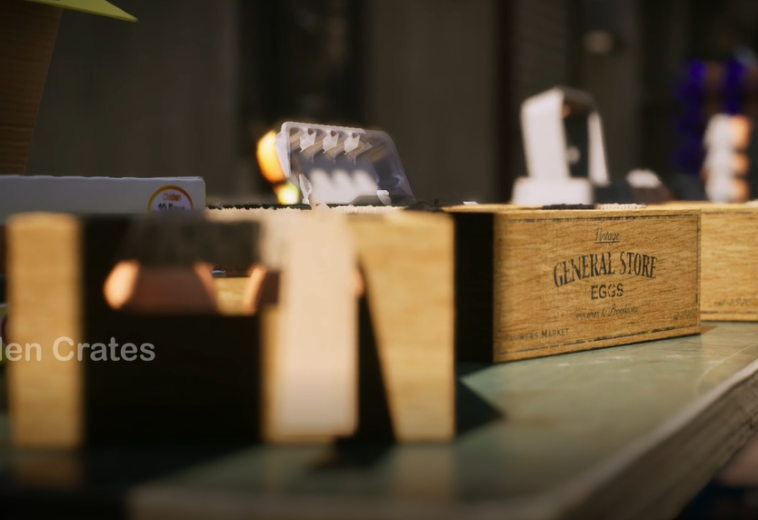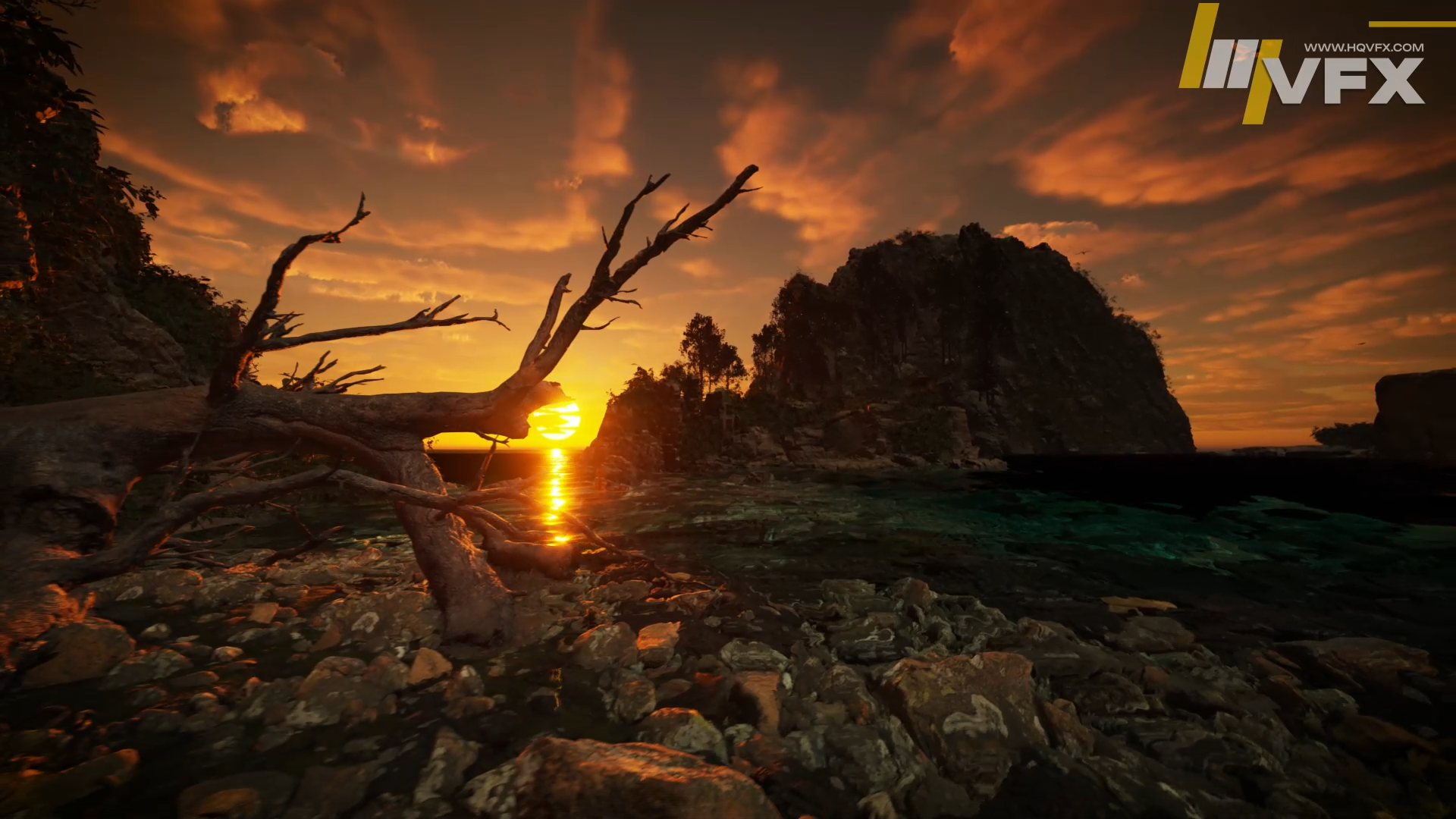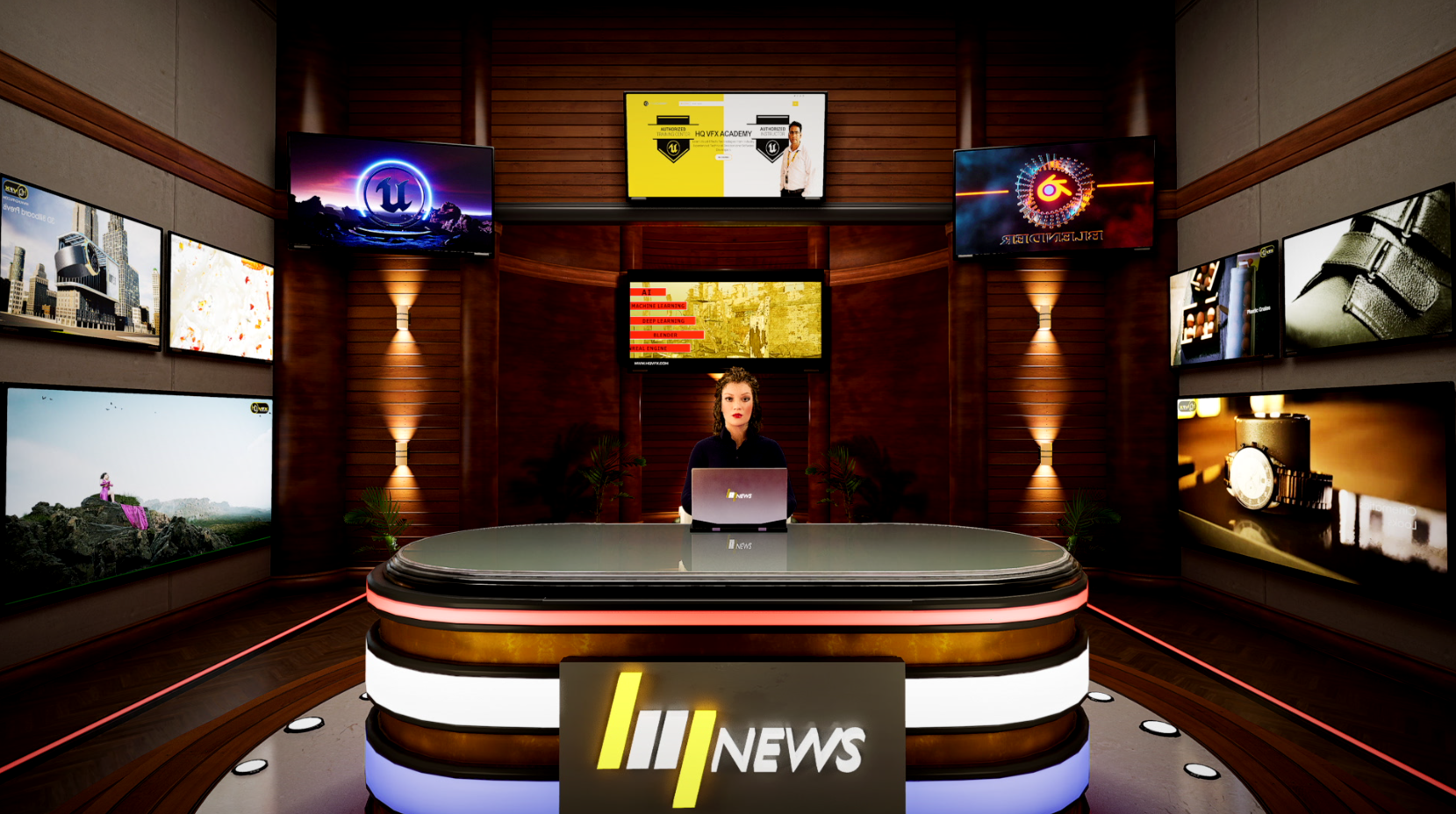3D Assets Development for VFX production
HQ VFX is a leading VFX company known for creating high-quality 3D assets for VFX production. With a team of skilled artists and cutting-edge technology, they specialize in creating realistic environments, creatures, and objects that are essential in bringing imaginary worlds to life on the big screen. Their expertise in 3D asset development ensures that their clients receive top-notch assets that meet the highest standards in the industry. Whether it’s for a feature film or a television show, HQ VFX is committed to delivering exceptional results that exceed their clients’ expectations.
In the world of VFX (Visual Effects), 3D assets play a vital role in bringing imaginary worlds and characters to life on the big screen. From creating realistic environments to designing intricate creatures, 3D asset development is an essential part of VFX production. In this article, we will explore the importance of 3D asset development in VFX production and the various stages involved in creating these assets.
What are 3D assets?
3D assets are digital objects or characters created using 3D software such as Maya, 3DS Max, or Blender. These assets can be manipulated in a 3D environment to create complex scenes, realistic characters, and intricate objects. They are used in various industries such as gaming, architecture, and most notably, VFX production.
Importance of 3D asset development in VFX production
VFX production involves creating realistic and believable environments, characters, and objects that would be impossible to film in the real world. 3D assets play a crucial role in achieving this goal. Without 3D assets, it would be challenging to create the complex environments and creatures that we see in movies and television shows.
For example, in a movie like Avatar, the entire world of Pandora was created using 3D assets. From the floating mountains to the exotic flora and fauna, every aspect of the world was meticulously crafted using 3D software. Similarly, in movies like Avengers and Jurassic World, 3D assets were used to create the superheroes and dinosaurs respectively.
Stages of 3D asset development
The process of creating a 3D asset involves several stages, each with its own set of challenges and requirements. Here are the typical stages involved in 3D asset development:
- Concept art: The first step in 3D asset development is to create concept art. This stage involves creating sketches, paintings, or digital illustrations that define the look and feel of the asset. Concept art helps to establish a visual style and direction for the asset.
- Modeling: Once the concept art is approved, the next step is to create a 3D model. Modeling involves using 3D software to create a digital representation of the asset. The model is built using polygons, which are connected to form the shape of the asset.
- Texturing: Texturing involves adding colors, patterns, and materials to the model to create a realistic look. This stage involves using software such as Substance Painter to create textures that are applied to the model.
- Rigging: Rigging involves creating a digital skeleton for the asset. The skeleton allows the asset to move and be animated in a 3D environment. This stage is crucial for characters and creatures that need to move realistically.
- Animation: Once the rigging is complete, the asset can be animated. Animation involves creating keyframes that define the movement of the asset. This stage requires a deep understanding of anatomy, physics, and motion.
- Lighting and Rendering: Lighting and rendering are the final stages of 3D asset development. Lighting involves placing virtual lights in the scene to create a realistic look. Rendering involves using software to produce the final image or sequence.
Conclusion
In conclusion, 3D asset development is an essential part of VFX production. It enables filmmakers to create worlds and characters that would be impossible to achieve with traditional filmmaking techniques. The process of creating a 3D asset is complex and involves several stages, each requiring a different skill set. From concept art to lighting and rendering, each stage plays a crucial role in bringing 3D assets to life.
- 523 views





